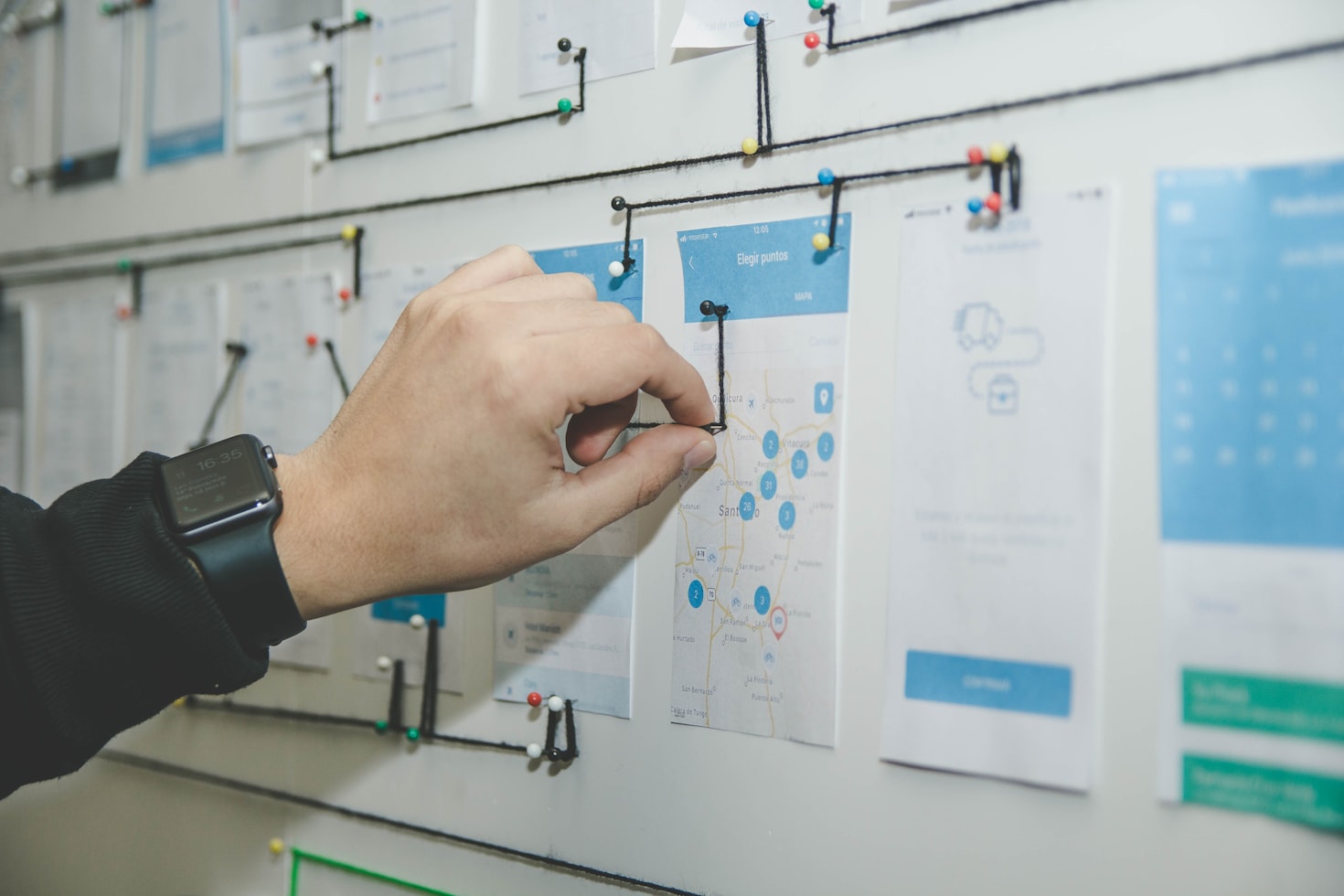top of page
Module 4: Circular design, technology and innovation
ADBI Circular Economy E-learning Course

About this module
Materials such as cement, steel, and aluminum are responsible for some 20-25% of the greenhouse
gas emissions world-wide, next to countless other problems like biodiversity loss due to mining.
Circular use of products, product components and materials keep materials much longer in economic
use, avoiding such impacts.
Duration
20 min
Learning Objective
- • Materials have to be produced sustainably and made less complex for easier re-use and
recycling.
• Product designs have to enable long product lives, be modular and accessible to enable easy
repair, refurbishment, and component re-use.
• Business models offering the service instead of product incentivize longevity, take back of
the product after its useful life, and re-use of valuable components in the next generation of
products.
• Policy and innovation support is essential too, since not all circular business models may be
profitable, and cheap landfill or incineration can frustrate circularity. Illustrations are
implementing producer responsibility, product deposit schemes, resource taxes, or landfill
taxes.
• A case study of a successful research collaboration. This case looks at how by aligning public
and private resources, useful research outcomes can be successfully deployed at speed to
the benefit for all.
• Public policy and private initiatives can enable global collaborations and accelerate
solutions.
Q&A
- 1. Why is the use of less complex materials, such as more uniform plastics or steel with less alloying elements good for circularity?
a. To make high quality recycling easier
b. To minimally extend product life
c. To enhance remanufacturing and repairing ability
d. None
2. What type of product characteristics help and circular economy?
a. Long life
b. Easy repairable
c. Upgradable
d. All of the above
3. What is the economic driver in circular product service business models?
a. Providers have total cost of ownership
b. Short product lives become a cost for the provider
c. Materials become a cost for the provider
d. All of the above
4. How can we realize a circular economy through introduction of supporting policies?
a. Enhance cost of landfill and incineration
b. Implement resource taxes
c. Implement take back obligations or deposit systems
d. All of the above
Instructor
Arnold TUKKER
Chair of the Board
LDE Centre for Sustainability
Join us and share your ideas and practices
in transforming the world towards a sustainable future.
Contact us
© 2018 - 2021 by STEAM Platform
bottom of page


.jpg)
.jpg)




